Introduction to Charles Boggini and his influence on the beverage industry
Meet Charles Boggini, a name that has become synonymous with the evolution of beverages over the decades. From cocktail lounges to trendy bars, his influence is palpable in every sip we take. The world of drinks is more than just what quenches our thirst; it’s a reflection of culture, style, and societal shifts. As we journey through time, we’ll uncover how Charles Boggini shaped each era’s drinking habits and preferences. Buckle up for an exciting ride through history as we explore the libations that have defined generations!
The Roaring Twenties: The Rise of Cocktails
The Roaring Twenties marked a thrilling time in American history. It was an era of excess, jazz, and newfound freedom. This vibrant backdrop set the stage for cocktails to flourish.
With Prohibition in full swing, speakeasies popped up everywhere. People craved connection and excitement. Cocktails became symbols of rebellion against the dry laws that stifled their social lives.
Flappers danced the Charleston while sipping on gin fizzes and sidecars. Bartenders got creative, crafting concoctions that dazzled patrons with color and flavor. Ingredients like vermouth and fresh fruit found their way into glasses across the nation.
This decade wasn’t just about drinks; it was about lifestyle. Cocktails represented daring innovation—a break from tradition as society embraced modernity with open arms. The rise of cocktail culture laid a foundation that would influence generations to come.
The Post-War Era: Soda Pop and Soft Drinks
The Post-War Era marked a turning point for the beverage industry. After World War II, consumer culture flourished in America. Families sought comfort and familiarity, and soda pop became a staple in many households.
Soft drinks were not just refreshing; they symbolized joy and celebration. Brands like Coca-Cola thrived during this time, introducing innovative marketing strategies that captivated audiences. The classic glass bottle became an icon of nostalgia.
As convenience took center stage, pre-mixed soft drink flavors emerged. Root beer floats and cherry colas captured young hearts at diners across the country.
This era also saw the rise of advertising jingles that lingered long after their airtime ended, embedding these beverages into popular culture naturally.
Soda fountains buzzed with life as families gathered to enjoy sweet treats together. This newfound love for bubbly refreshment defined social interactions in bustling neighborhoods everywhere.
The Swinging Sixties: The Emergence of Wine and Liquor Brands
The Swinging Sixties marked a vibrant shift in social attitudes and lifestyles, significantly influencing the beverage landscape. As youth culture flourished, so did the demand for sophisticated drinking options.
Wine began to shed its old-fashioned image. With the rise of French wine imports, consumers became more adventurous, exploring varietals like Bordeaux and Burgundy. This decade ignited a passion for quality over quantity.
Simultaneously, liquor brands made their mark. Iconic spirits like vodka emerged as essential bar staples. Cocktails took center stage at parties—think martinis shaken or stirred amidst lively discussions about art and music.
Advertising also played a pivotal role during this era. Brands embraced modern design aesthetics to attract young adults eager to showcase their newfound tastes in drinks. The emergence of these trends laid the groundwork for generations of beverage innovation that followed.
The Disco Years: Fruity and Fun Mixed Drinks
The Disco Years were a vibrant celebration of life, color, and sound. As the dance floors lit up with disco balls and funky beats, so too did the cocktail scene evolve.
Fruity concoctions became all the rage during this time. Bright colors matched the bold fashion trends that defined an era. Drinks like Piña Coladas and Blue Hawaiians made their way into bars and clubs, enticing partygoers to indulge in their sweet flavors.
Mixology took on a new flair as bartenders experimented with tropical fruits, making drinks not only delicious but visually captivating. Garnishes like umbrellas and fruit slices added an extra touch of fun.
As people danced away under flashing lights, these mixed drinks provided the perfect refreshment for long nights filled with excitement. The fruity beverages encapsulated the essence of carefree enjoyment that characterized disco culture.
The 90s Grunge Scene: Alternative Beverages Take Over
The 1990s were a revolutionary time, marked by the rise of grunge music and an alternative lifestyle. This cultural shift influenced not just fashion and music but also what people drank.
As rock bands like Nirvana and Pearl Jam dominated the airwaves, beverages began to reflect this new ethos. Traditional drinks took a backseat as consumers sought authenticity in their choices. Craft sodas emerged with quirky flavors that captured the spirit of rebellion.
Health-conscious trends gained momentum too. Organic juices became popular, appealing to those wanting something fresher and more genuine than sugary soft drinks.
Microbreweries started popping up everywhere, offering unique craft beers that resonated with this generation’s quest for individuality. The beverage landscape blossomed into a kaleidoscope of options, each telling its own story amid the backdrop of flannel shirts and underground concerts.
Read More: Is the Gracie Mae Thompson Missing Child Story Real or a Hoax?
Today’s Trends: Craft Beer, Healthy
Today’s beverage landscape is vibrant and diverse. Craft beer has surged in popularity, capturing the hearts of enthusiasts everywhere. Local breweries are popping up, each offering unique flavors that reflect regional tastes.
These artisanal brews focus on quality ingredients and traditional methods. People appreciate the craftsmanship behind every pint, from hoppy IPAs to rich stouts.
Alongside craft beer, there’s a significant shift towards healthier options. Consumers are increasingly conscious about what they drink. Low-calorie cocktails and non-alcoholic alternatives have gained traction.
Many brands now emphasize natural ingredients over artificial additives. This trend aligns with a broader movement toward wellness and mindful consumption.
The fusion of flavor and health has created exciting new products for adventurous palates. The beverage industry is evolving rapidly to meet these changing preferences while maintaining enjoyment at its core.
Conclusion
Charles Boggini’s journey through the beverage landscape is a captivating tale of transformation. Each decade brought its own flavors, reflecting societal changes and cultural shifts.
From the vibrant cocktails of the Roaring Twenties to the laid-back craft beers today, his influence remains evident. This evolution showcases our changing tastes and preferences in drinks.
As we explore new trends influenced by health consciousness and artisanal approaches, it’s clear that Boggini’s legacy continues to inspire. The way we drink tells stories about who we are as a society.
Every sip is a connection to history, culture, and innovation. As Charles Boggini evolves alongside us, he reminds us that beverages are more than just refreshments; they are an integral part of our lives.
FAQS
What is the significance of Charles Boggini in the beverage industry?
Charles Boggini has played a pivotal role in shaping the beverage landscape. His innovative approach and passion for mixology have inspired generations of bartenders and drink enthusiasts alike.
How did cocktails evolve during the Roaring Twenties?
The Roaring Twenties saw an explosion in cocktail culture, with speakeasies becoming popular venues for socializing. The creativity of bartenders flourished, leading to classic concoctions that are still beloved today.
What beverages defined the post-war era?
After World War II, soda pop emerged as a favorite among Americans. This period marked a shift towards sweeter tastes, paving the way for various soft drinks to dominate grocery store shelves.
Why were wine and liquor brands significant in the Swinging Sixties?
The 1960s was all about liberation and self-expression. Wine and liquor brands gained popularity as people sought new experiences and flavors that reflected their evolving lifestyles.
What characterized mixed drinks during the Disco years?
Fruity flavors became synonymous with disco culture. Colorful cocktails filled dance floors while capturing the fun-loving spirit of an entire generation eager to celebrate life through vibrant drinks.
How did alternative beverages come into play during the 90s grunge scene?
The 1990s introduced a wave of health-conscious consumers seeking alternatives to mainstream options. Craft sodas, herbal teas, and energy drinks began rising as people pursued unique flavors over traditional choices.
What are today’s trends in beverages influenced by Charles Boggini’s legacy?
Today’s market celebrates craft beer movements focusing on quality ingredients and artisanal methods. Additionally, healthy drink options like kombucha or cold-pressed juices cater to wellness-oriented consumers looking for mindful choices without sacrificing flavor.
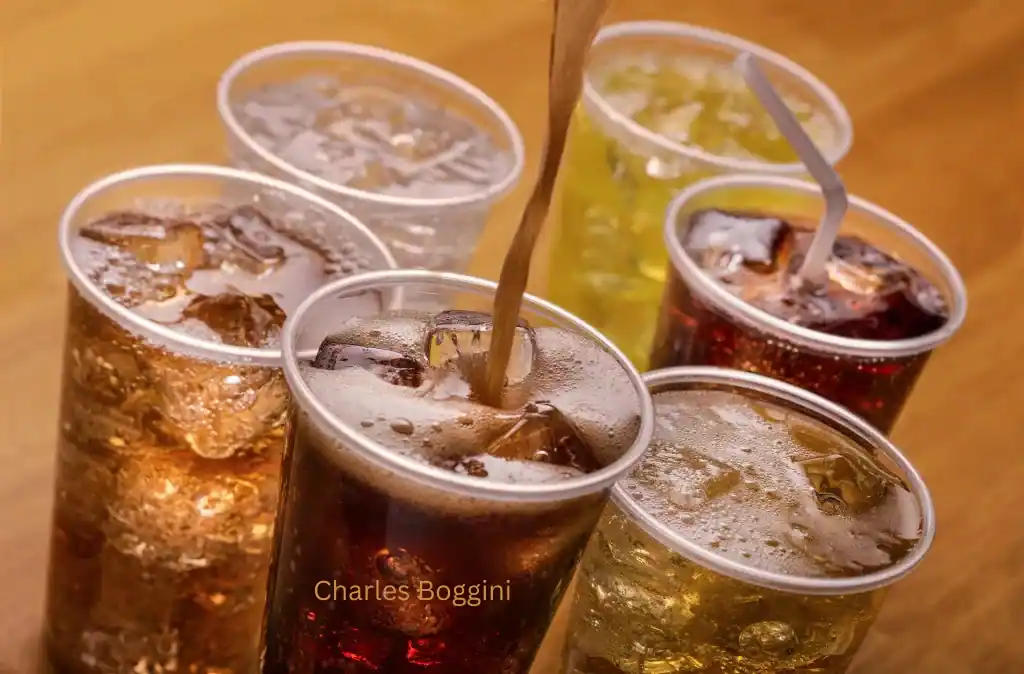
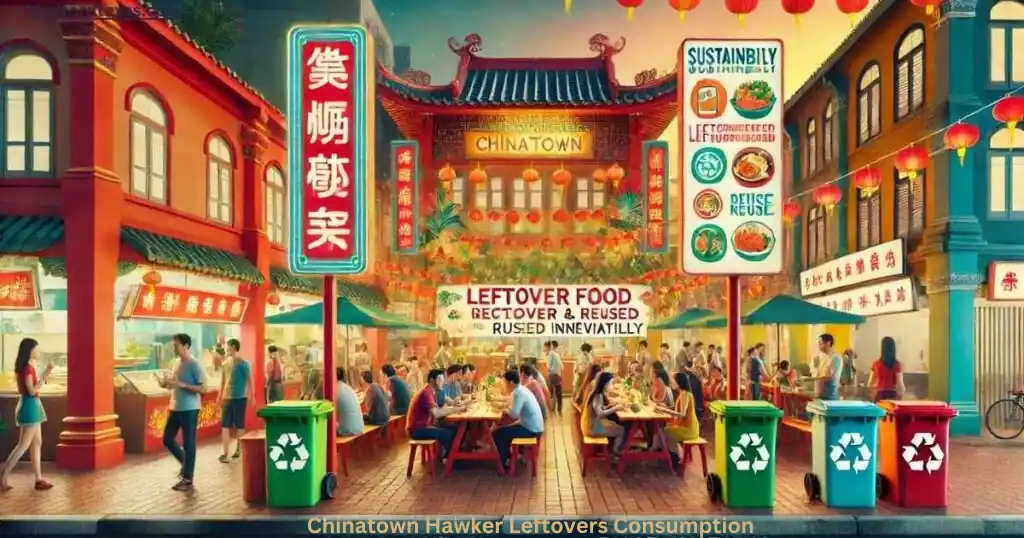
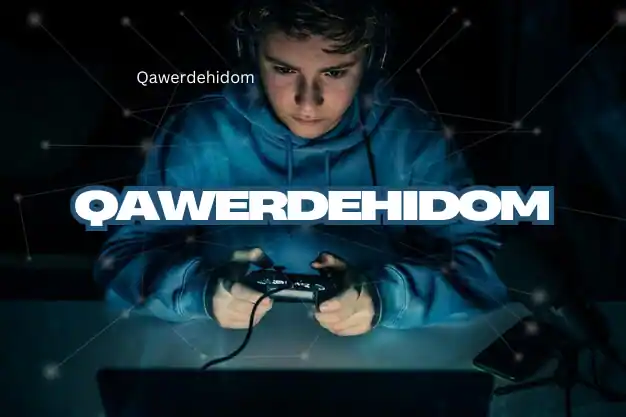
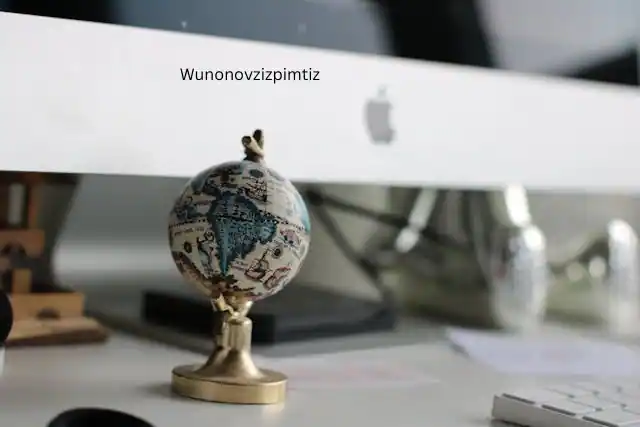
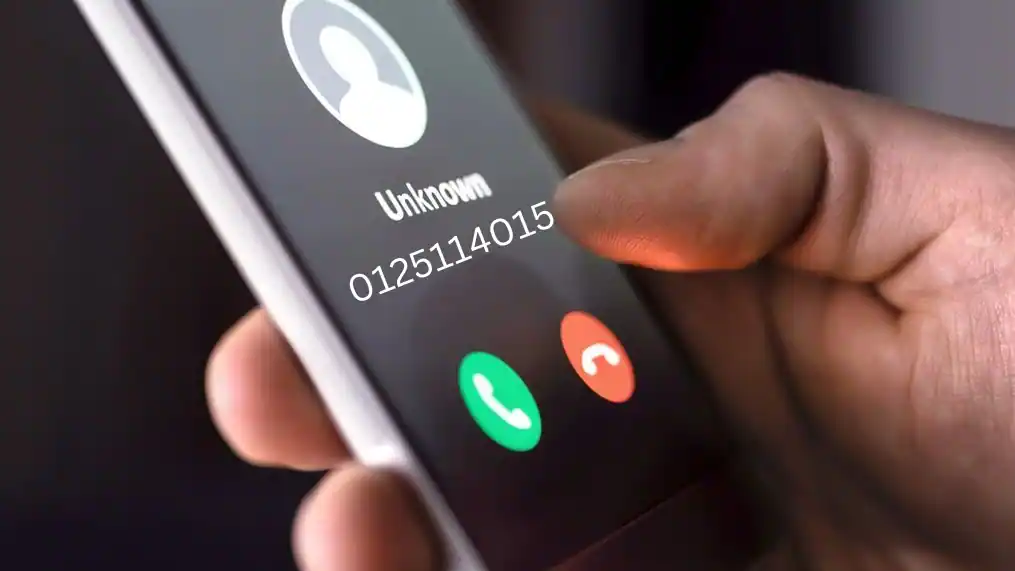

Leave a Reply